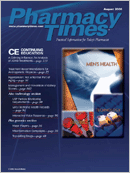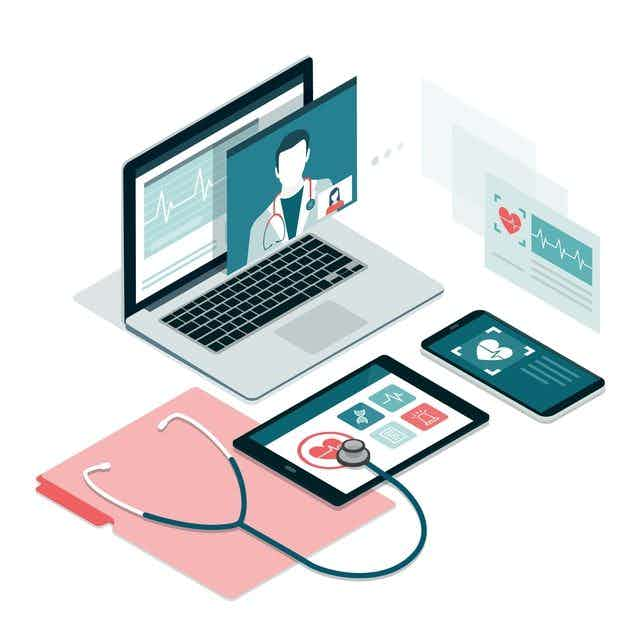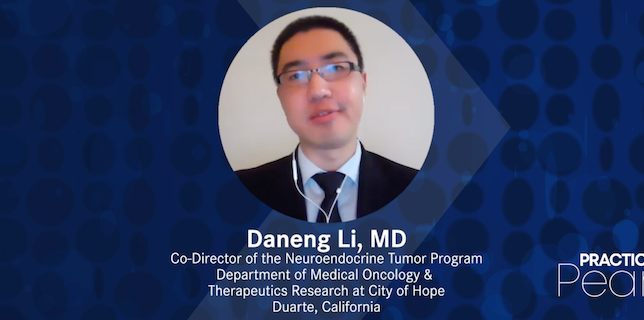Publication
Article
Pharmacy Times
Generics Companies Are Major Players
Author(s):
Fueled by acquisitions and surgingdemand for drugs, the top genericssuppliers are starting to lookless like the industry's underdogs andmore like major players.
Last year, Israel's Teva PharmaceuticalIndustries regained the topspot among generics makers, overtakingNovartis' Sandoz unit by acquiringIvax. Teva now accounts for more USprescriptions than any other pharmaceuticalcompany—branded or generic—according to IMS Health.
In revenue terms, Teva and its competitorsare still small compared with thebrand-pharmaceutical giants. Beforebuying Ivax, Teva's worldwide revenueswere only about a tenth of Pfizer's, forinstance. The top generics companiesare growing much faster, however. The10 largest averaged 24% growth ingeneric drug sales in the United Stateslast year, according to IMS, while the topbrand-pharma companies managed onlya meager 1.2% average sales growth.
Growth is being driven partly by strongdemand for generic pharmaceuticals.Yet, the picture is not as rosy as it mightseem. Competition is intensifying, cuttingdeep into prices and profits.
The increased competition can beseen in the number of applications fornew generics, which reached a record766 last year. The new competitorsinclude fast-growing companies fromIndia that can compete at low cost."There are more generics players thanever before," said Doug Long, vice presidentof industry relations at IMS Health.With this level of competition, "prices aregetting lower and lower, to where [adrug] may become unprofitable."
Analysis by banking firm ABN AMROsuggests that the price wars may continue.In 2005, Ranbaxy and smaller playersincluding Dr. Reddy's and Aurobindotogether had more than 120 products inthe pipeline, many of which will competewith generics already on the market.When patents expire, prices will fall dramaticallyand almost instantly, as multiplecompetitors enter the market simultaneously,according to the company'sresearch.
The competition is a major reason forone of the industry's top trends, consolidation.Companies are seeking to cutcosts by bringing all the stages of drugproduction in-house, including activepharmaceutical ingredient (API) manufacture.Analysts say that Teva is oneexample of a company that benefits fromhaving a strong API division.
The Teva-Ivax combination createdwhat IMS calls a "generics giant," accounting for 1 in 5 US generic prescriptions.Teva, like Novartis' Sandoz unit, istrying to "build the broadest product linepossible," said Long. The company hasmore than 150 applications for genericdrugs filed and awaiting FDA approval. Itsprogress has not been painless, however.Teva announced a $1-billion loss attributedlargely to costs associated withacquiring Ivax.
Like other generics players, Teva alsohas diversified into branded drugs, whichgenerate larger profits. Its Copaxone(glatiramer acetate injection) drug formultiple sclerosis has reached blockbusterstatus, generating more than $1billion in sales. In addition, the firm hasbeen highly successful in patent challenges,which result in an exclusivity periodduring which a company sells itsgeneric at a comparatively high price.
Other generics companies also are tryingto find ways to escape the price wars,Long said. One method is to concentrateon specific markets. An example is BarrLaboratories, with its focus on contraceptivessuch as Seasonique andSeasonale. Another method is to targethard-to-make products, a route followedby Mylan with its fentanyl transdermalpatch, a generic competing withDuragesic.
Generic biologics could provide anotherroute to profit. After long delays, theFDA recently approved Sandoz'Omnitrope(somatropin), a generic humangrowth hormone (HGH) and the first biogenericto win US approval. The genericsindustry has long argued that there isplenty of evidence that generic versionsof simpler biotech products, such asHGH and insulin, can be made safely.Biogenerics are expected to be comparativelyexpensive, at 70% to 80% of thebranded drug's price, partly becausethey are more expensive to make andrequire more testing than small-moleculegenerics.
Yet overall, as the market has expanded,many generics companies havefocused on growth, boosting top-line revenueswhile profits have languished, saidKate Kuhrt, manager of industry researchat Newport Strategies. That strategy mayhave to change. "The low margins are notsustainable," she said.
Mr. Faden is a freelance medicalwriter based in Portland, Ore.










